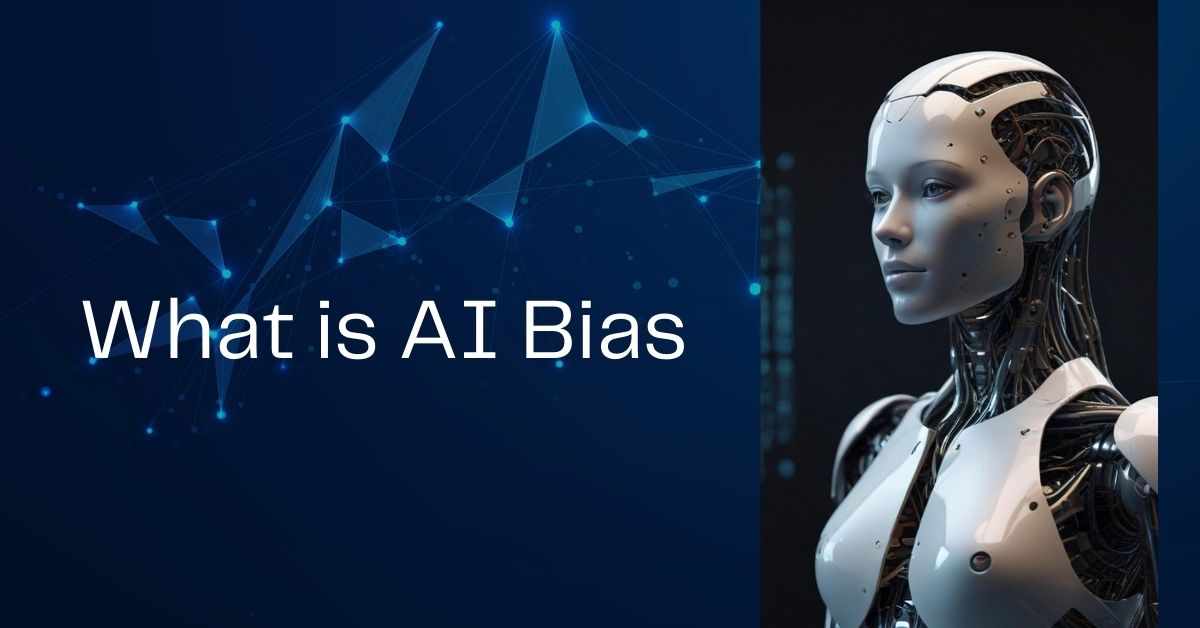Ans: For a quick explanation, we can say that AI bias occurs when an AI model gives a response that purportedly favours one side over the other. This might happen because that model was trained on biased data.
It’s important to get a detail on AI bias and why this happens. We have explained it in simple language here.
AI Bias: This happens when a computer program makes an unfair or unbalanced decision that affects its response to the query. This program can be a chatbot, a recommendation system, a security system, etc. AI bias is not always intentional and in the majority of the cases this is an effect of wrong input to the model at its learning stage.
AI bias comes out as a major issue in the rapidly growing world of artificial intelligence as it causes:
- Loss of trust among users.
- Incorrect learning.
- Ethical or sometimes legal issues.
Why does AI bias happen?
As discussed earlier, one or more factors can be responsible for the occurrence of AI bias. Let’s have a quick overview of some of them:
As discussed earlier, one or more factors can be responsible for the occurrence of AI bias. Let’s have a quick overview of some of them:
Faulty training data:
The data on which AI model was trained might have contained elements that reflected biasness. These models respond according to the data they have been trained upon. Hence, it is possible that such AI models will give a biased response.
Historical data errors:
There have been many instances where historical data was found to be inconsistent with modern day findings. This affects the decisions of AI models if it is not being updated regularly.
Data sampling error:
AI models heavily rely on their training data for curating their responses. If a model receives ample amount of information about a subject, let’s say A, and receives insufficient information related to another subject (say B), then users might experience a bias in the model’s responses.
Effect of feedback:
Usually, the AI models are programmed for acting upon the feedback. This acts as one of their sources of training data. If an AI model receives a positive feedback on a biased response, it might change its behavior causing it to produce more biased data.
How to reduce AI bias?
Here are a few simple steps that can be taken to reduce biasness in AI models:
- Labelling data correctly and providing balanced samples of data to the model in its training phase.
- Giving corrective feedback to the model’s responses while testing it.
- Including more fairness checks in the algorithm.
